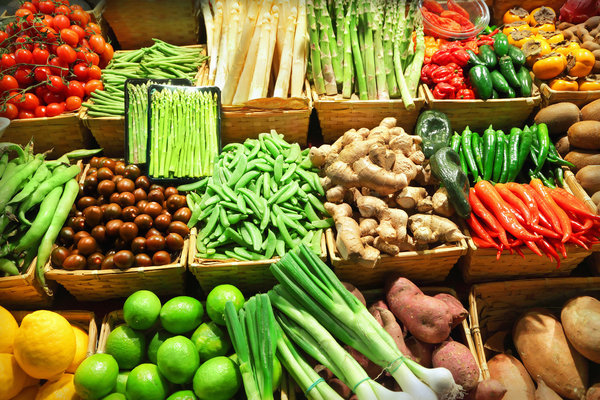It‘s a turbulent time for the grocery retail sector. The rise of discount retailers has placed an increased pressure on the Big Four supermarkets to cut costs and compete for the attention of price conscious consumers. Alongside this difficulties in forecasting across various retail channels have created issues for major retailers this year. In order to improve efficiencies grocery retailers – both large supermarkets and smaller outlets – need to turn to their supply chain to identify areas in which profit can be increased and operations improved.
This Easter, it was widely reported that supermarkets had run out of Easter eggs days before celebrations. The Daily Mail suggested that supermarkets had ‘miscalculated‘ the demand for sweet treats whilst shoppers were outraged that they were unable to purchase the products they wanted.
But several retailers had actually run out of chocolate eggs online only, with sufficient stock still available in stores. It‘s key that grocery retailers have an integrated inventory for online and in-store stock to ensure that such challenges do not consistently arise. It‘s also crucial that staff scan and track products correctly to gain a truly accurate view of a product‘s location. Understanding where stock is, how it can be efficiently transferred and where the demand for a particular item is, can prevent shortfalls by ensuring that stock is more readily available across channels.
In order to increase the transparency of stock throughout the supply chain, grocery retailers should implement an agile technological system that provides a clear overview of which products are available and where. Investing in this kind of technology has long-term benefits, protecting a retailer‘s reputation and increasing revenue as consumers need not look elsewhere for the product they want.
Better forecasting and transparency of stock aren‘t the only areas that grocery retailers can focus on to improve their revenues and compete with discount stores. Investing in various multi-channel platforms to improve efficiencies in the supply chain is a key step towards enhancing a retailer‘s offering.
Flexible warehousing and transport enables retailers to offer a more diverse range of services to customers and will increase the likelihood that orders are fulfilled in more challenging circumstances, for example during peak periods of sale. As consumer demand for faster service grows, a more flexible service will differentiate grocery retailers from their competition.
Grocery retailers operating multi-channel services should consider cutting costs and improving efficiencies with a click and collect service. In 2013, Reuters reported that 39% of online shoppers chose to collect their products from stores. For many consumers this is a convenient way to fit the weekly shop into a busy lifestyle; there is no need to wait at home during a two hour delivery slot and there is no need for the shopper to travel around the store, fulfilling their order. For retailers, a click and collect service is a good way to reduce costs and fulfil online orders more profitably, as the cost of delivering to individual homes in an expansive geography is reduced.
As the challenge of competing with the discounters in the grocery retail sector increases, supermarkets and smaller grocery retailers must consider their supply chain as a crucial aspect of their businesses. By improving forecasting mechanisms, creating an increasingly flexible delivery process and considering implementing click and collect services to meet consumer demand retailers will survive the price war and protect their reputation.
Bernie Breslin, VP Grocery and Convenience, DHL Supply Chain


















